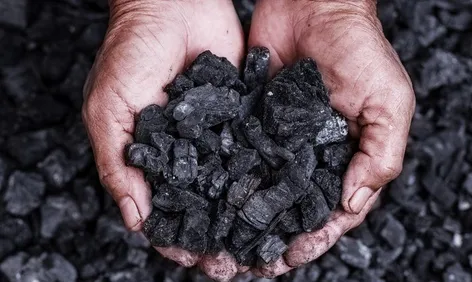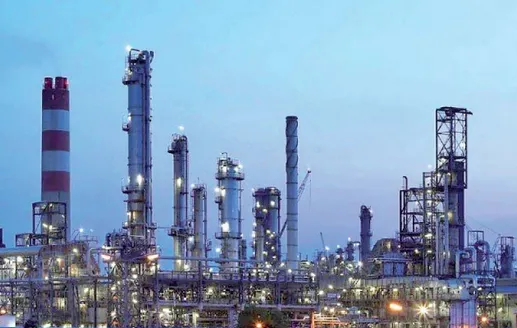As commodities are experiencing an upswing, cost of power generation on coal, FO and RLNG has gone up significantly, the full impact of pass through of which in cost of generation will likely be realized in the beginning of next year. In this backdrop, potential impact will be on energy costs particularly when there is increasing risks of gas shortage in the coming months due to weather impact (Winter season).
· Thus to highlight, the coal still remains slightly cheaper at current rates where the cost of generation is ~PkR18/unit whereas the cost of generation is expected to touch ~PkR20/unit on RLNG and ~PKR24/unit on FO.

Source: Google
· Just like the last year, the gas crisis is likely to hit during peak winter (November and December), where the share of hydel generation in overall generation mix is considerably lower due to lower water supply. Consequently, the shortfall in generation will likely be bridged through expensive FO based generation. This improves the prospects of volumetric off-takes for refineries but also exposes them to an accretion in circular debt. Preference to ATRL in this backdrop.

Source: Google
· Since the monthly fuel adjustments are made with a lag of two months, the impact of higher fossil fuel prices will be reflected during the month of January-February where we expect a monthly adjustment of ~PkR2.00-2.25/unit. However, the adjustments coincide with lower seasonal inflation, keeping inflationary readings contained.
· From the vantage of stock market, higher energy inflation will translate in higher headline inflation, specially as GoP revises base tariff to unlock IMF inflows. On the back of higher energy inflation, we may see CPI going in double digits and we may potentially see faster than anticipated hike in DR.